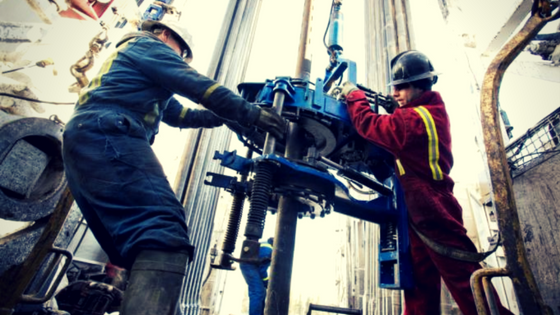Every job has its hazards, but the oil and gas industry is at the far end of the spectrum when it comes to workplace hazards.
According to the Bureau of Labor Statistics, employment in the oil and gas industry has skyrocketed since 2003, growing by 71 percent between 2003 to 2011. And in 2014, oil and gas extraction labor productivity grew by 11.5 percent in 2014.
That’s a lot of workers (almost half a million at last count) working hard at their jobs. In a dangerous occupational environment like theirs, accidents are bound to happen. OSHA works closely with companies to improve safety, and new EHS technologies have come a long way since 2003, but accidents do still happen – some are fatal.
And while we hear about oil and gas all the time in the news, it’s only when workers die or other major disaster strikes that occupational safety makes the news. For that reason, you may not be familiar with the EHS mistakes in this industry. Here are the most common mistakes that sabotage operations in oil and gas companies (and why it might be vital to conduct petroleum-related inspections.
Common EHS Mistakes in Oil and Gas
When an injury is fatal, the most common EHS mistakes are as follows, per the BLS:
- Transportation incidents: just under half of all fatalities in 2011.
- Contact with objects and equipment, usually being struck by objects or equipment: about one-quarter of all fatalities.
- Fires or explosions: about 13 percent.
Fatal injuries aside, other (nonfatal) EHS mistakes in this industry included:
- Falls. Since workers may sometimes be required to access equipment located high off the ground, safety issues are common around the risk of falling.
- Confined spaces. Tanks, pits, and storage containers near a wellhead are often entered by workers who face hazards when doing so. There are flammable vapors, hazardous chemicals, and other dangerous elements involved.
- High Pressure Lines. Compressed gases in high pressure lines also pose a safety hazard, and EHS mistakes are often made with line connections, or mistakes causing “struck-by” accidents.
These are some of the common EHS hazards in the oil and gas industry, but by no means does the list represent all the types of hazards found in this risk laden industry. There are machine hazards, electrical hazards, and of course, plenty of prevention and planning mistakes to be made as well. Let’s look forward to improvement in all areas of safety for our workers in the years to come.
To find out how software can help manage and prevent EHS incidents, request a free trial today.
